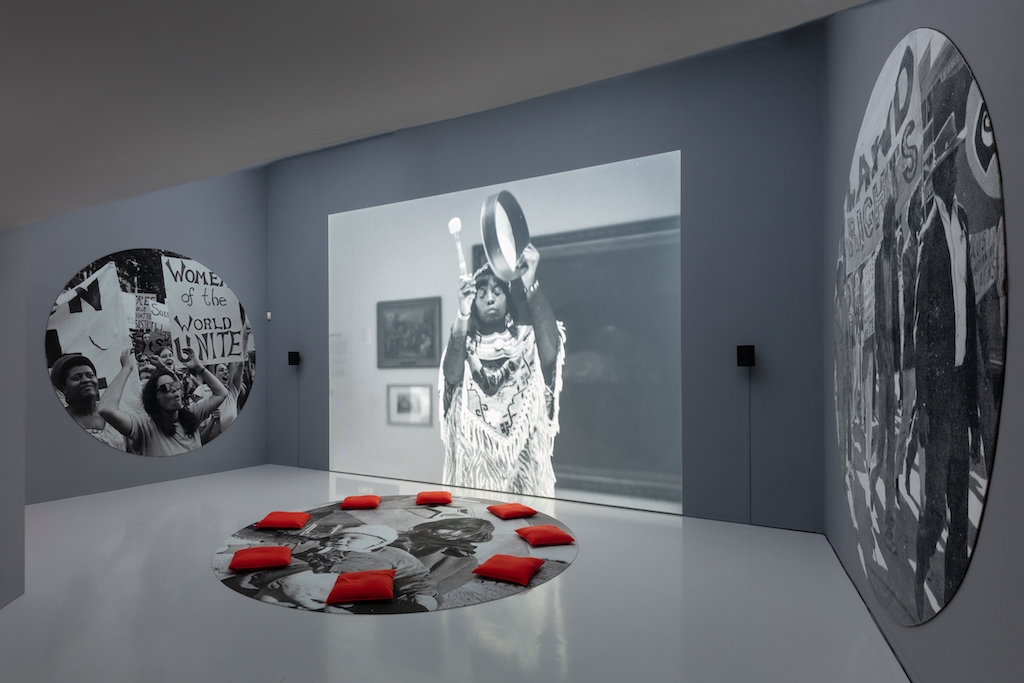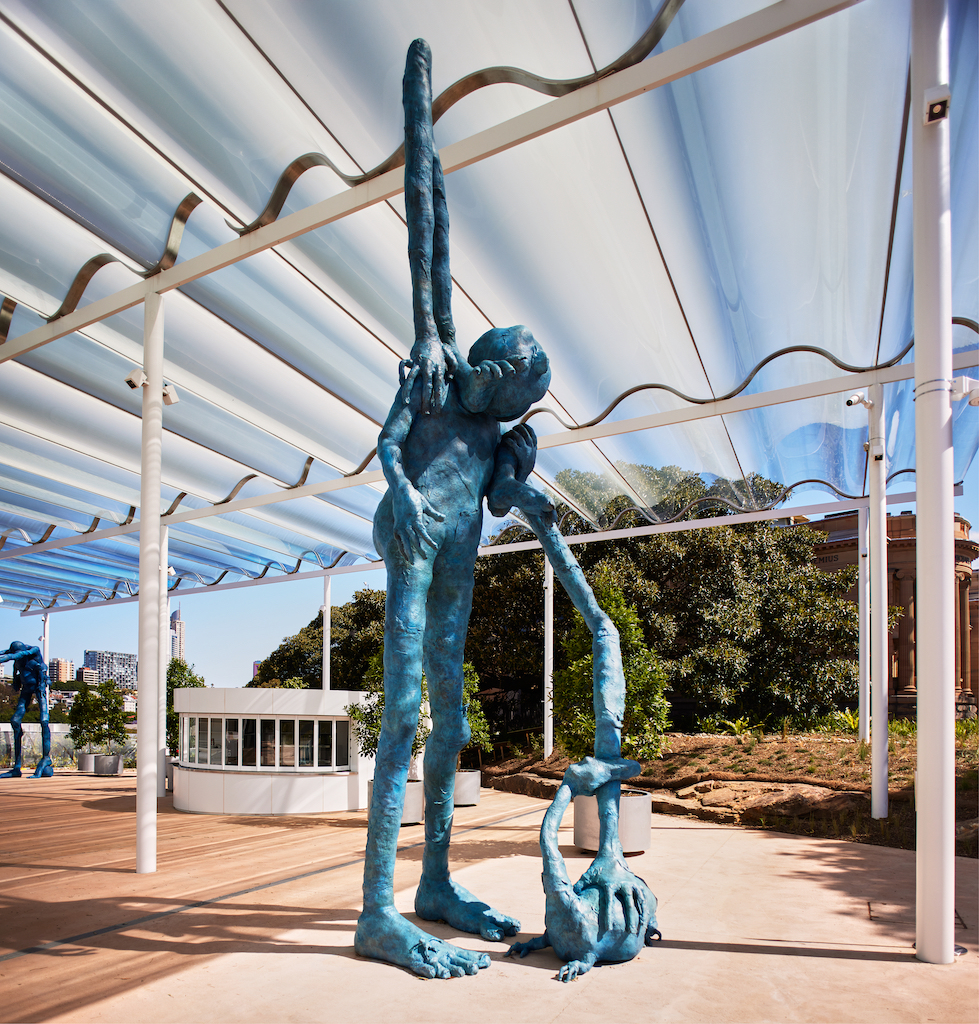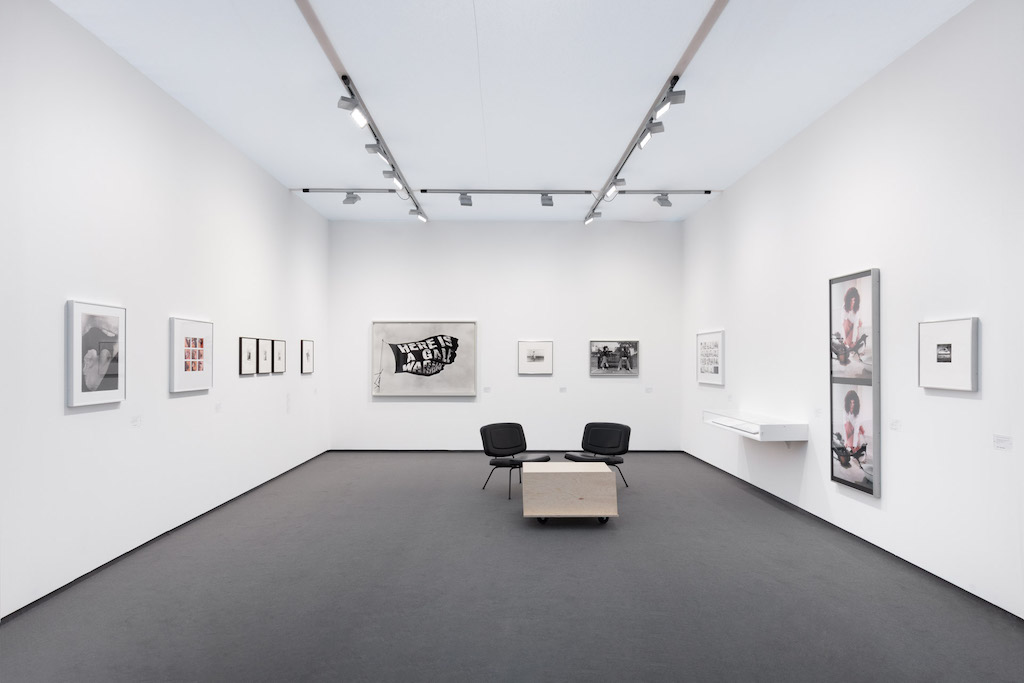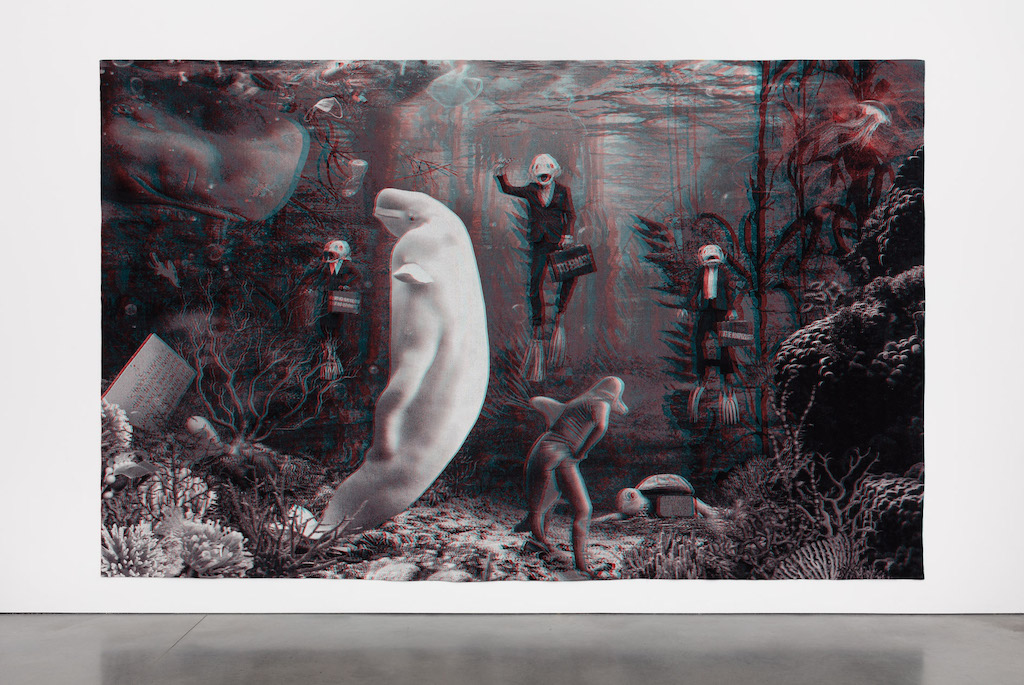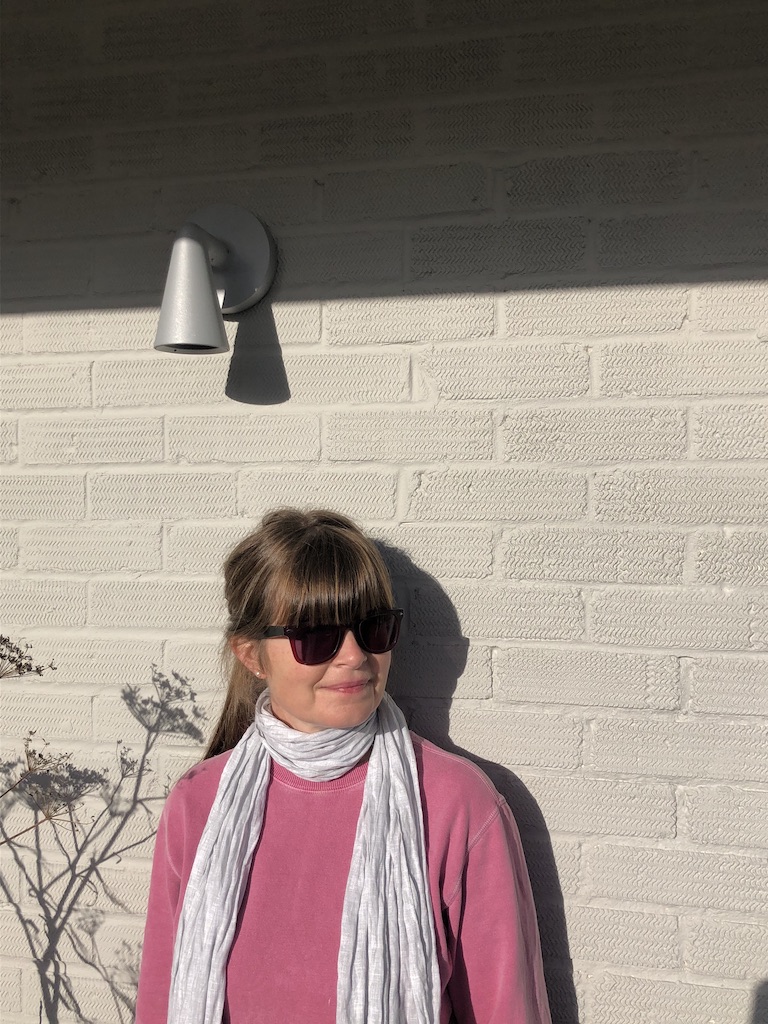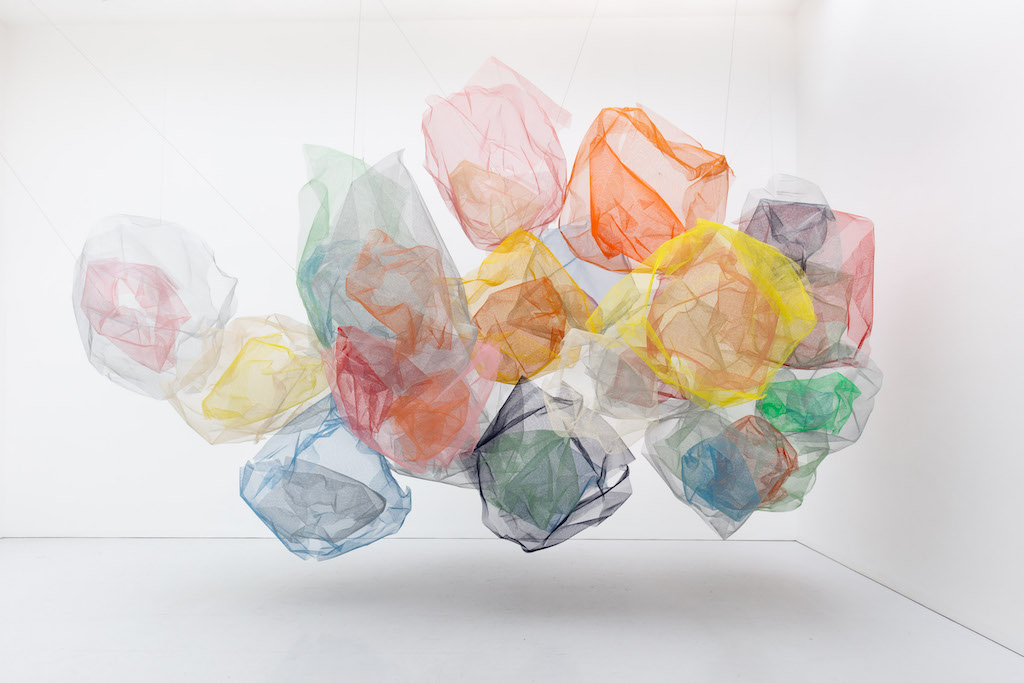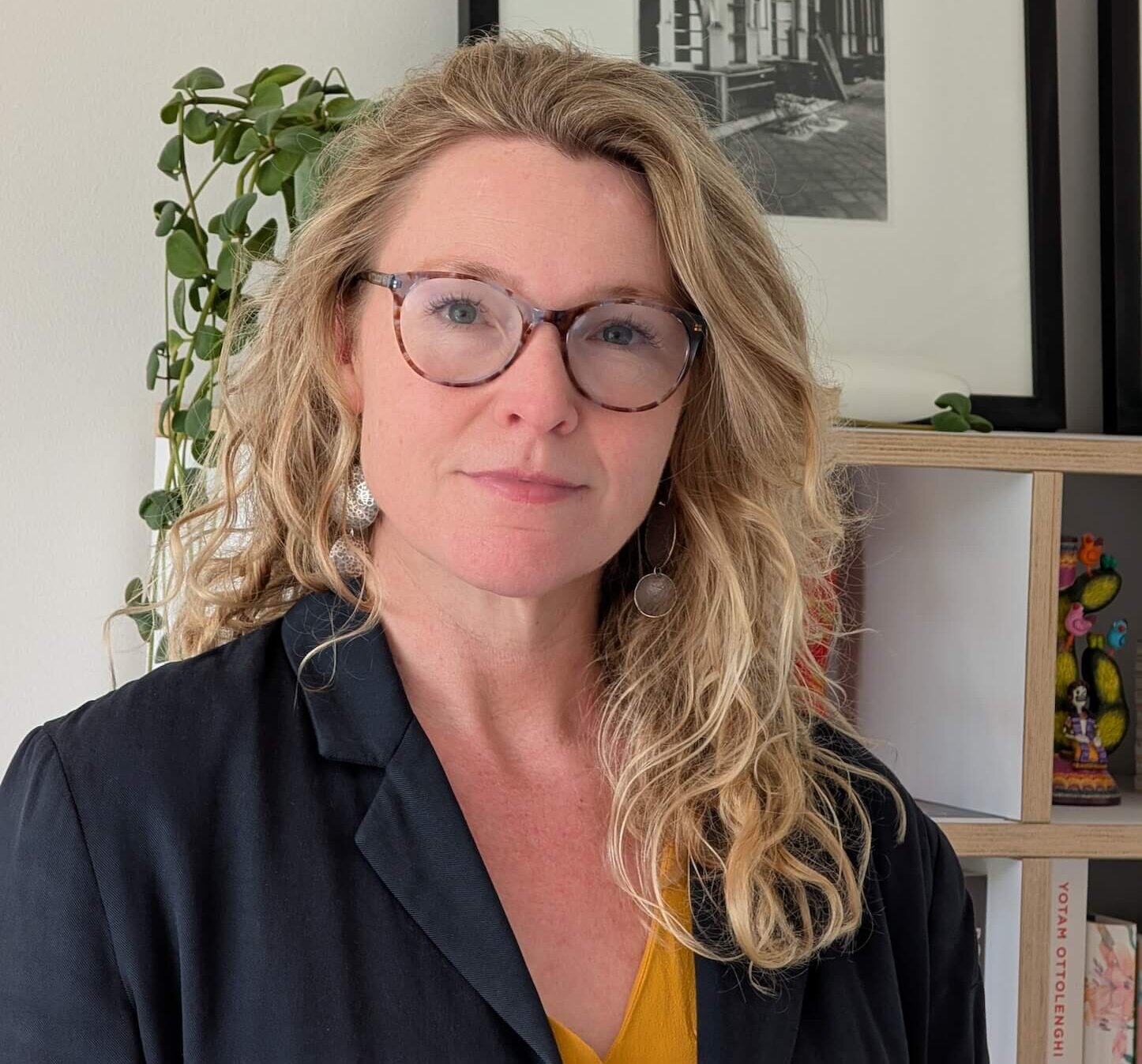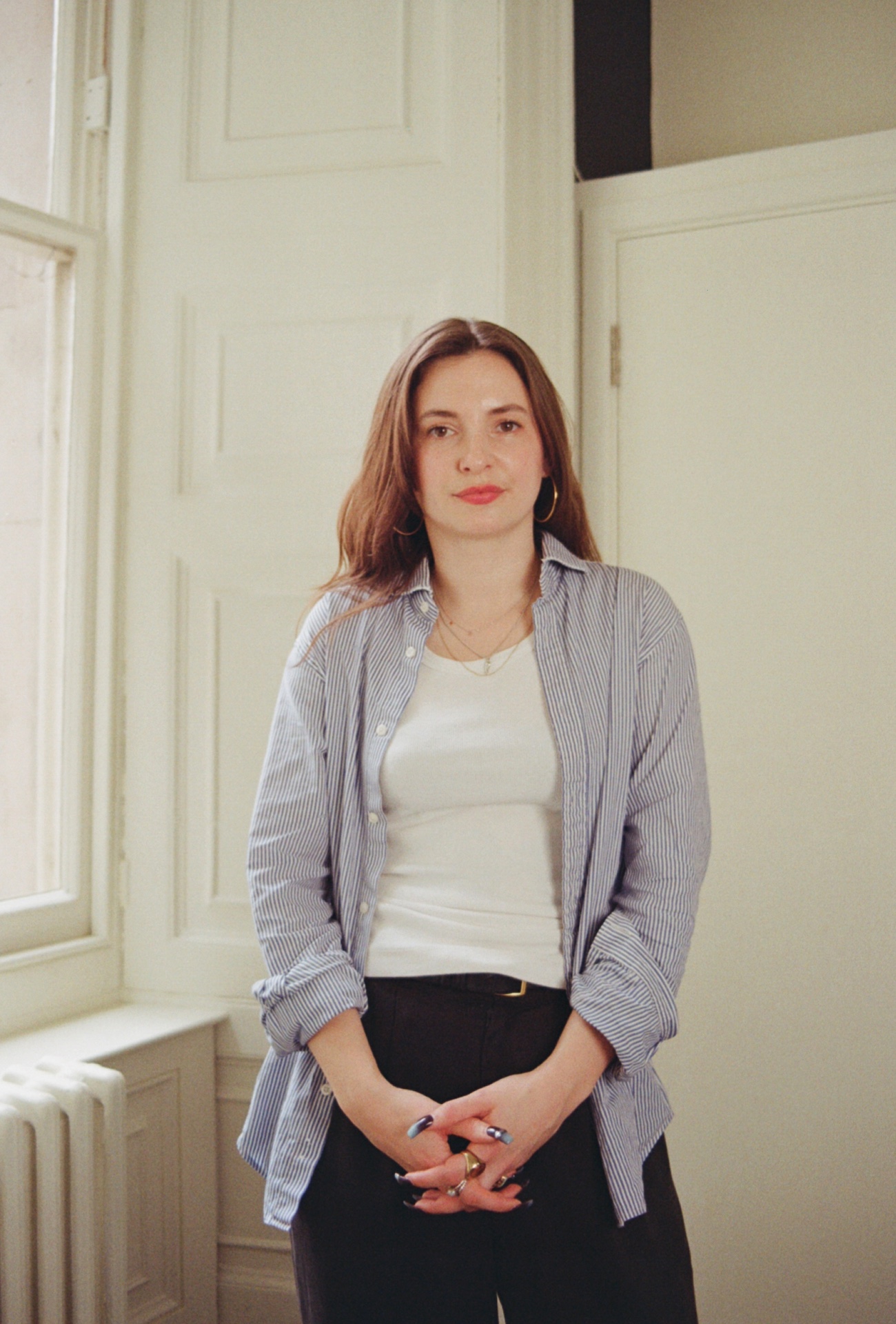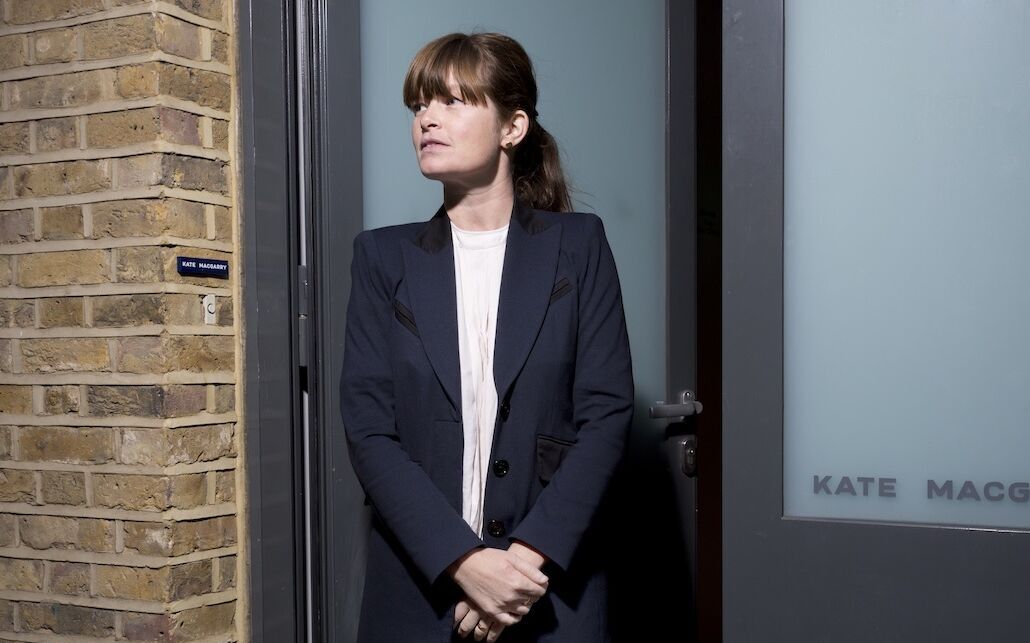

Interview Gallerist Kate MacGarry
MacGarry is also a founding member of the Gallery Climate Coalition, which recognises the important role the art world has to play in reducing emissions and advocates for change.
Here, she tells about the best advice she’s been given, the artwork she’d love to own and what success looks like for the Gallery Climate Coalition.
THE WICK:
Tell us about your typical Monday?
Kate MacGarry :
I work from home in East Sussex on a Monday. I try to walk on the nearby beach for at least an hour between zooms.
THE WICK:
Your gallery is now over 20 years old and you represent 26 emerging and established artists, including two estates. What has been the highlight of your career?
Kate MacGarry :
There hasn’t been one defining moment but seeing a great exhibition in a museum by any one of the artists I represent is still very exciting.
THE WICK:
What is the single biggest shift you have observed in the art world?
Kate MacGarry :
The sheer scale of it. The opening of Tate Modern in 2000 and Frieze London two years later really changed the landscape in London but the expansion has been worldwide.
THE WICK:
Art and cause are becoming increasingly linked. As a trustee and an active member of the Gallery Climate Coalition, what would success look like in the next 10 years and what are three tangible tips you can offer art galleries looking to cut carbon emissions?
Kate MacGarry :
Travel, shipping and buildings are the three areas to tackle first. The GCC is now a charity, run by a dynamic and knowledgeable team who have designed a carbon calculator to help galleries navigate reducing their impact. The future is less and more meaningful travel – switching to trains whenever possible – and less shipping. And generally, don’t make growth a priority. Make sure the energy you buy is renewable and switch provider if you need to.
Success would be meeting the goal of a minimum 50% CO2 emissions reduction across the sector by 2030, and 70% by 2034.
THE WICK:
The gallery’s location at 27 Old Nichol Street, designed by architect Tony Fretton, has been its home for the past 10 years. How has this space dictated the exhibitions and shows you create?
Kate MacGarry :
The space was originally designed as an artist’s studio and has excellent north light. It’s an unusual shape but somehow the artists are still finding new ways to present their work here.
THE WICK:
If you could possess a piece of art history, what would it be and why?
Kate MacGarry :
A painting by Bruegel the elder please. So much detail and absurdity to enjoy.
“Success would be meeting the goal of a minimum 50% CO2 emissions reduction across the sector by 2030, and 70% by 2034.”
